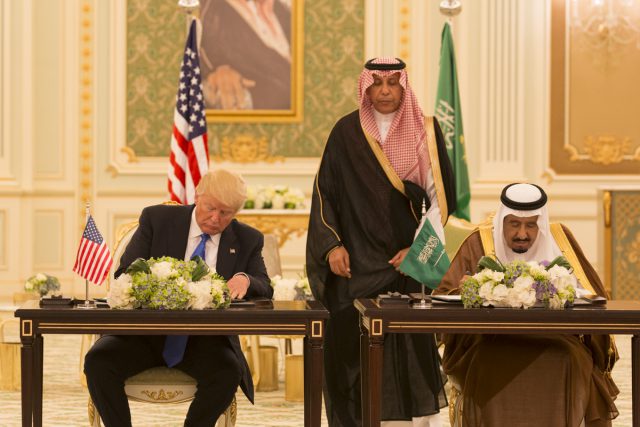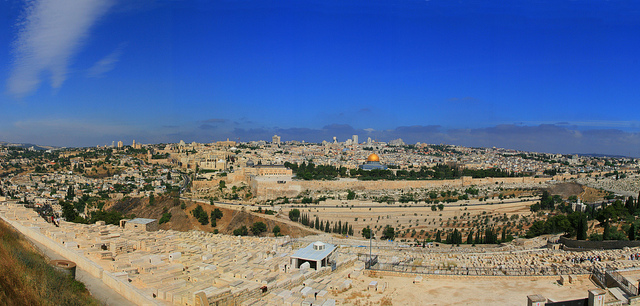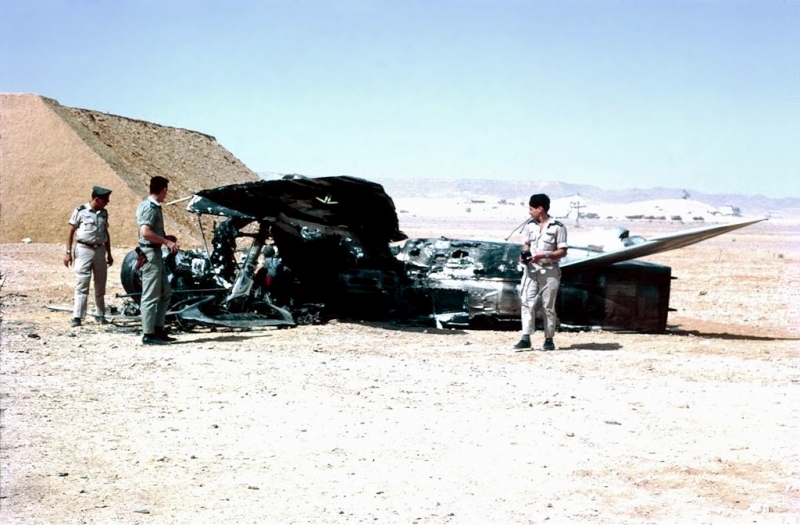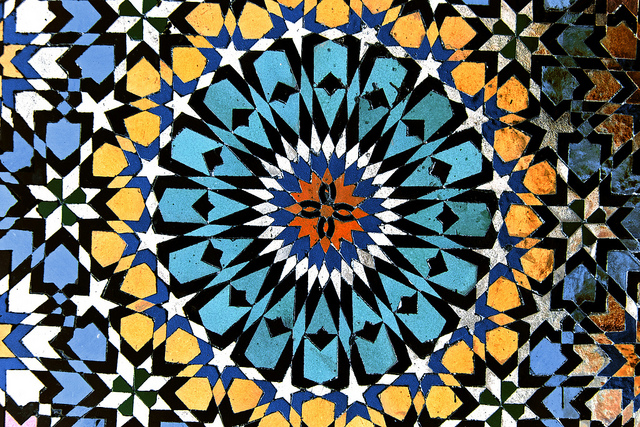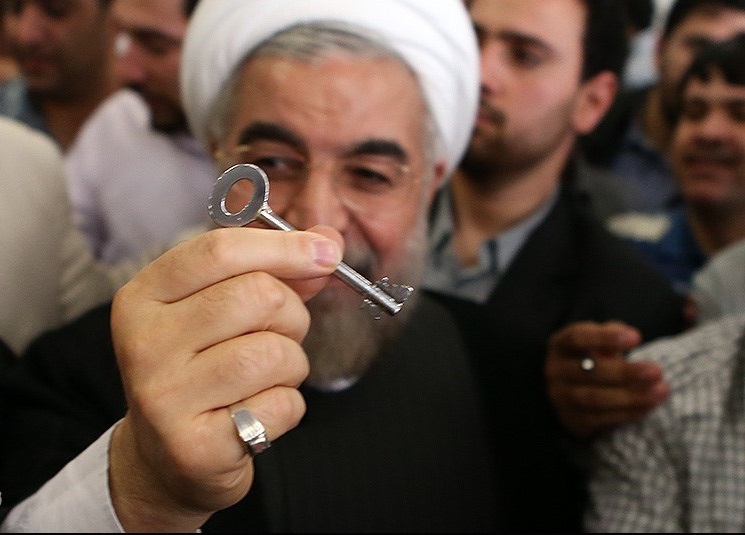What’s next for Islamic State?
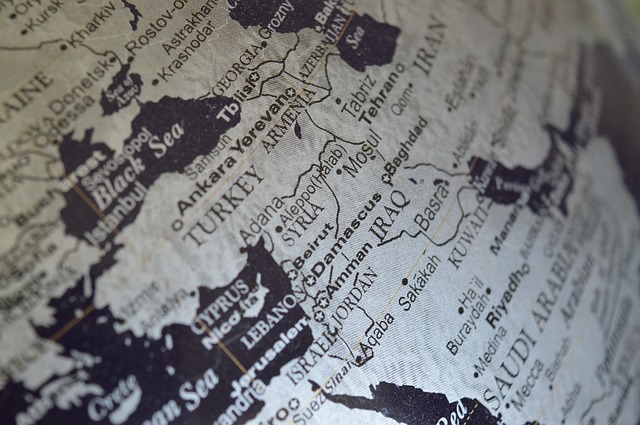
With the cities of Hawija and Raqqa now under Iraqi government and Syrian Democratic Forces control, the military defeat of Islamic State looks imminent. Six and half million people have been liberated and 80% of the group’s territorial holdings have been reclaimed. What’s left of the self-proclaimed caliphate has been squeezed into a narrow corridor along the Middle Euphrates River Valley between the towns of Al Mayadin in Syria and Al Qaim on the Syria–Iraq border.
Few in the US led coalition are prepared to predict how long this final phase will last, but competition between the three coalition forces fighting IS has increased in recent months. While the demise of Islamic State is universally welcomed, the political backdrop to victory leaves many concerned that IS will simply revert to its regional insurgency origins, seeking to further export its brand of radicalism to other international hotspots where opportunities present.
Like the battle for Mosul, the fight for Raqqa was desperate. By Tuesday, as the US-backed Syrian Democratic Forces took control of the L9 traffic circle in the center of the city (where IS had conducted most of its brutal public executions), around 400 fighters had surrendered. Until a week ago, very few IS fighters in Raqqa had surrendered. The handful that had given up were suffering the effects of sustained amphetamine abuse in an effort to remain in the fight as long as possible. Much of the city, like Mosul, had been rigged with improvised explosive devices designed to target civilians as much as Syrian Democratic Forces clearing the city.
What’s left of the IS leadership group is now effectively isolated. Despite multiple reports of Abu Bakr al-Baghdadi’s death, US coalition commanders continue to say that he’s most likely still alive and in deep hiding somewhere in Middle Euphrates River area. Killing or capturing him will remain a high priority for coalition forces on all sides, since his existence provides IS with a figurative and literal raison d’être for continuing the struggle.
Since late 2016, the overwhelming preoccupation of the IS leadership has been survival. As pressure in Iraq and Syria mounted, the leadership group took measures to hide itself among the population while forcing its rank and file to stay in the heartland and fight to the death. Along with an intent to maximise the destruction of what was left of civil society in the area it occupied, IS’s plan since the fall of Mosul has been to preserve a core group of true believers that can reconstitute the IS brand. By the end of the Iraq troop surge in 2007, the forerunner to IS, al-Qaeda in Iraq, was reduced to well below 200 members, and there’s a belief that, like in Iraq in 2007, a post-conflict rebirth will be possible.
While the group will no doubt seek to compensate for its defeat in coming months with a renewed effort to conduct terrorist-style attacks locally and abroad, the removal of its proto-state position is an important milestone. No longer able to draw on revenue streams from oil sales and tax collection, the group will be constrained in its ability to facilitate terrorism or fund struggles in North Africa and Central and Southeast Asia on the scale it once did.
Its physical defeat is also important for the survival of regional governments. As a stateless terror organisation, IS and groups like it are less of an existential danger to traditional Westphalian states. Terrorism is a threat to the safety of people and societal norms within the state, not the existence of the state itself. But limiting the threat of terrorism will be a challenge for regional governments as they grapple with the growing complexity surrounding more traditional drivers of geostrategic competition across the Middle East and Central Asia.
The US has been able to keep the loose alliance to defeat IS together until now, but the underlying disputes haven’t been resolved. The conditions look ominous. The growing competition between Kurdish forces in both Syria and Iraq and the tensions between the US, Iran and Russia could prove too great a catalyst for further conflict than is possible to contain. If that were to unfold, then whatever is left of IS following its military defeat will be anticipating a return in some shape or form faster than any government had expected or hoped for.



